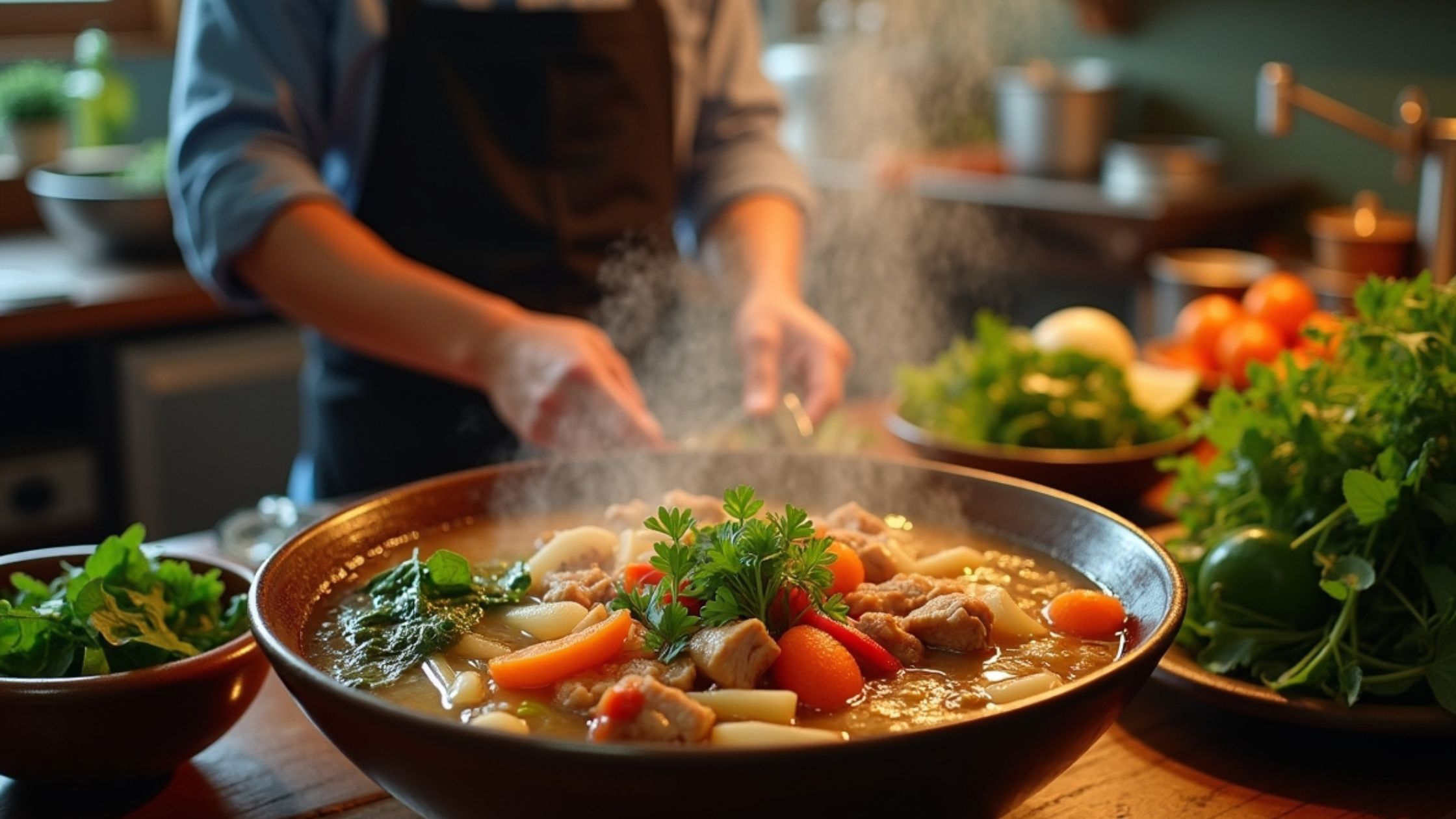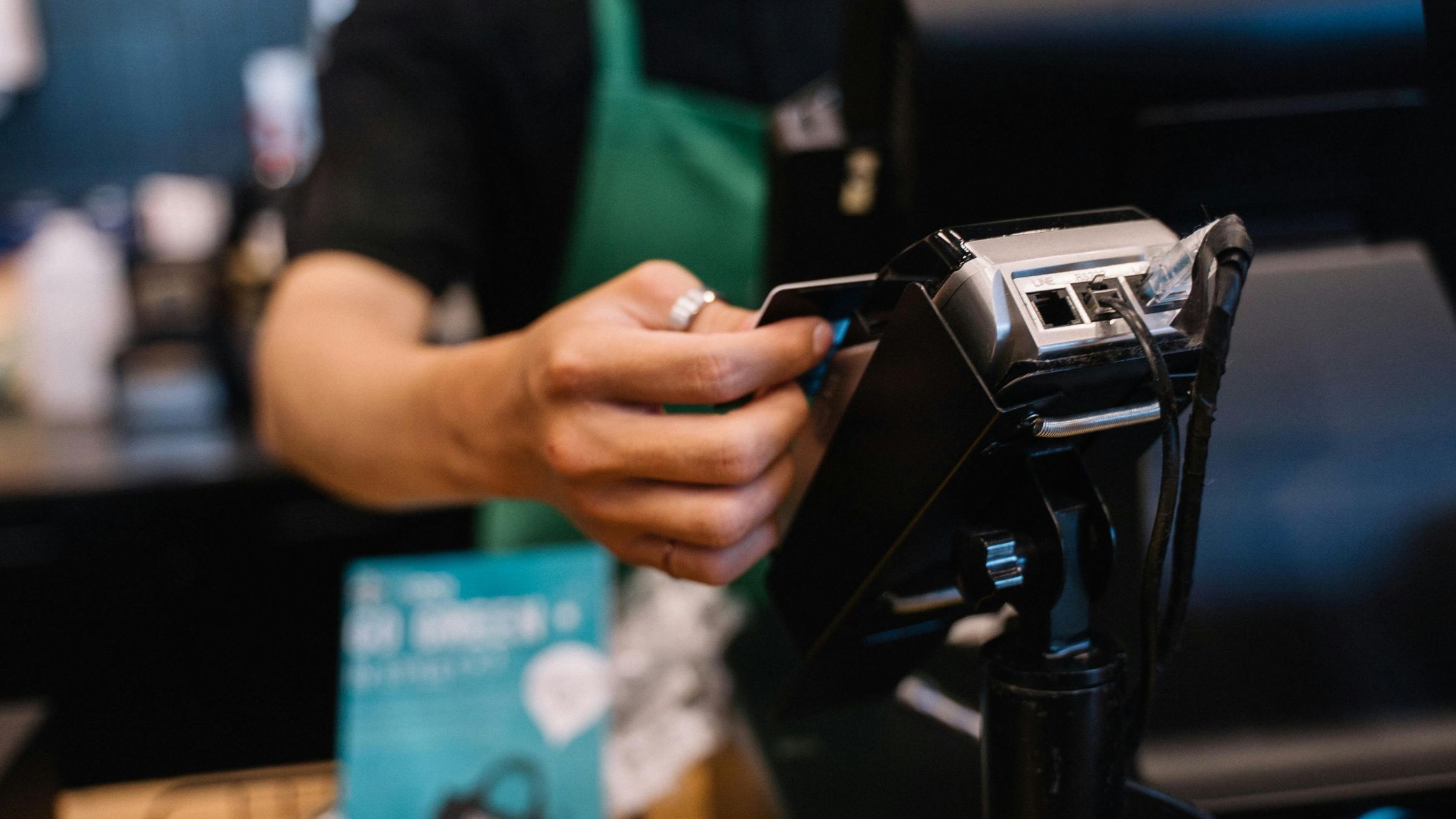Running a restaurant involves juggling countless tasks daily. From managing orders to tracking inventory, efficiency is key. By investing in the best POS system for restaurant operations, you can streamline workflows, reduce errors, and boost productivity—ensuring smoother service and a better dining experience for your customers.

Elevate Your Restaurant with a Smart POS System
Running a restaurant in today’s fast-paced digital world demands more than just excellent food and customer service. A powerful, efficient, and user-friendly point-of-sale system has become essential. Selecting the best POS system for restaurant operations can dramatically streamline daily activities, enhance customer experiences, and drive profits.
A modern POS system does far more than process payments. It manages inventory, tracks employee hours, monitors sales, and even integrates with online ordering platforms. Therefore, investing in the right system can be a game-changer. But with countless options available, how do you identify the best fit for your restaurant?
Crucial Restaurant POS Features You Shouldn’t Overlook
Choosing the right POS system starts with understanding the key features that drive efficiency, accuracy, and overall restaurant success.
- Intuitive and User-Friendly Interface
A great POS system should be simple to navigate, allowing staff to process orders quickly and efficiently—especially during peak hours—while reducing training time and costly input errors.
- Real-Time Inventory Management
The system should automatically update stock levels with every sale, helping you avoid shortages, manage supplier orders effectively, and forecast demand accurately for better restaurant inventory planning.
- Advanced Reporting and Analytics
Built-in reporting tools provide insights into sales trends, staff performance, and customer behavior, enabling restaurant owners to make smarter, data-driven business decisions to boost profitability and growth.
- Seamless Third-Party Integrations
Modern POS systems must integrate smoothly with accounting tools, delivery platforms, and loyalty apps, saving time, reducing human error, and ensuring streamlined operations across all business channels.
- Fast and Reliable Order Processing
The POS system should support fast, error-free order entry and real-time kitchen communication, ensuring timely preparation, satisfied customers, and improved overall restaurant efficiency and service.

Boosting Restaurant Success with the Right POS System
The right POS system optimizes restaurant operations, enhances customer experience, and drives growth through efficiency, accuracy, and smart business insights.
1. Streamlined Order Accuracy and Speed
A POS system reduces order mistakes, accelerates order entry, and ensures clear kitchen communication, improving service speed and overall customer satisfaction during busy restaurant hours.
2. Enhanced Staff Efficiency and Workflow
With easy-to-use interfaces and quicker processes, staff can focus more on guests, boosting productivity, reducing wait times, and managing high-volume traffic effortlessly and professionally.
3. Increased Customer Satisfaction and Retention
Quick service, correct billing, and loyalty programs improve guest experiences, encouraging return visits, positive reviews, and strong word-of-mouth promotion for consistent customer base growth.
4. Data-Driven Operational Insights
Built-in reporting tools offer valuable data on sales, staff performance, and peak hours, helping restaurant owners make strategic decisions and optimize resources effectively and confidently.
5. Reduced Operational Costs and Waste
With automated inventory tracking, staff scheduling, and efficient billing, restaurants can cut unnecessary expenses, reduce waste, and increase overall profit margins with better resource management.
Factors to Weigh When Selecting a Restaurant POS
Choosing the right POS requires evaluating features, support, scalability, and compatibility to ensure it aligns with your restaurant’s unique needs.
- Identify Your Restaurant’s Core Requirements
Understand your specific operational needs like handheld devices, table tracking, or delivery integration to ensure the POS system supports your daily workflow and long-term business strategy.
- Focus on Simplicity and Essential Features
Avoid overcomplicated systems filled with unnecessary tools. A streamlined POS with just the right features is easier to use, saves money, and reduces errors during peak hours.
- Prioritize Reliable Customer Support and Uptime
Select a provider that offers strong technical support and system stability. Quick help during system issues prevents downtime and keeps your restaurant running smoothly at all times.
- Evaluate Reporting and Analytics Capabilities
Choose a POS system with robust analytics. Sales reports, staff performance, and customer trends help drive smarter decisions, optimize resources, and improve overall restaurant performance.
- Consider Integration and Scalability Options
Ensure the POS can integrate with accounting tools, online orders, or loyalty apps. It should also scale as your restaurant grows or adapts to changing service models.
Future-Proofing with the Right POS Investment
Technology is evolving rapidly. Thus, the best POS system for restaurant environments should be scalable and adaptable. As your business grows, the system must accommodate new locations, menu changes, or service models.
Additionally, mobile and cloud-based POS systems are gaining traction. They offer flexibility, real-time data access, and reduced hardware dependency. Still, traditional setups remain effective for certain restaurant types.
Conclusion
Selecting the best POS system for restaurant operations requires thoughtful analysis. It’s about aligning technology with your business goals, staff workflows, and customer expectations. A powerful POS system doesn’t just manage transactions—it transforms the way your restaurant operates. For a trusted solution tailored to your needs, visit Floreant POS.

FAQs
1. What makes a POS system the best for restaurants?
The best POS system offers ease of use, robust inventory tracking, real-time reporting, and integration with third-party tools. It enhances operations and improves customer service.
2. Are cloud-based POS systems better than traditional systems?
Cloud-based POS systems offer flexibility, remote access, and automatic updates. However, traditional systems may be better for restaurants needing full offline functionality.
3. How much does a restaurant POS system cost?
Costs vary based on features and providers. Basic systems start around $50/month, while advanced setups may require larger investments. Always consider long-term ROI.
4. Can POS systems help with staff management?
Yes, many systems track employee hours, monitor performance, and simplify scheduling. This helps streamline HR tasks and improves staff productivity.







